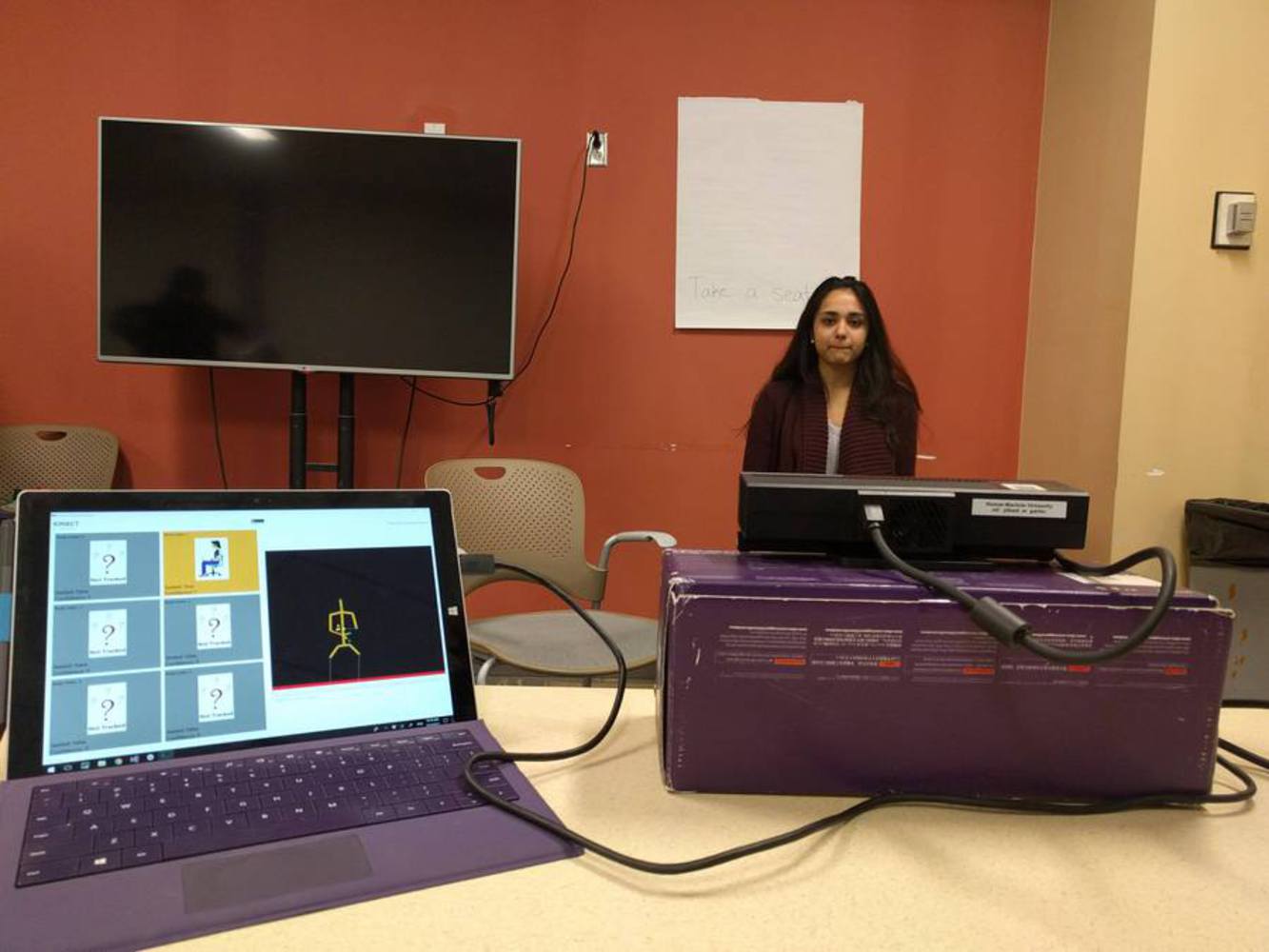Our space, "Take a Seat," encourages participants to stop and listen to the world around them. When a single person enters the space, music starts, and when they sit down, it stops. When they stand back up, the music restarts. As more people enter, the music won't stop until everyone in the space is sitting down, and the music won't restart until everyone in the space stands back up. A key part of our experience is letting users figure out themselves what exactly their actions are causing.
Created: December 7th, 2017
Share this Project
Focused on
Tools
About
Our space, "Take a Seat," encourages participants to stop and listen to the world around them. When a single person enters the space, music starts, and when they sit down, it stops. When they stand back up, the music restarts. As more people enter, the music won't stop until everyone in the space is sitting down, and the music won't restart until everyone in the space stands back up. A key part of our experience is letting users figure out themselves what exactly their actions are causing.

